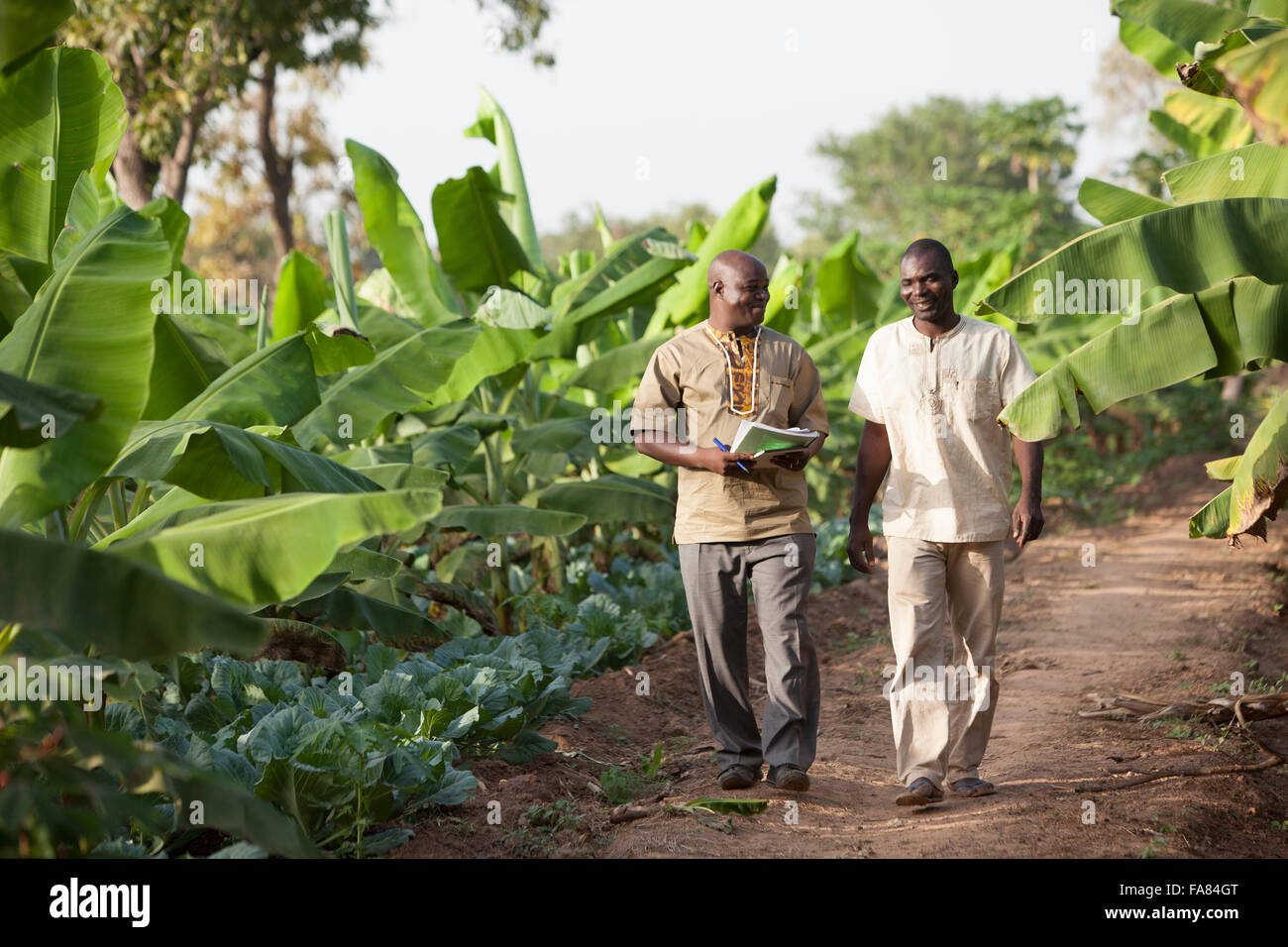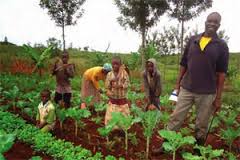Checking Out the Distinctions In Between Commercial Farming and Subsistence Farming Practices
The duality between business and subsistence farming techniques is marked by varying goals, operational scales, and source use, each with profound ramifications for both the setting and culture. Business farming, driven by profit and performance, frequently uses innovative innovations that can bring about considerable ecological concerns, such as dirt deterioration. Conversely, subsistence farming emphasizes self-sufficiency, leveraging conventional methods to maintain family needs while supporting community bonds and cultural heritage. These different methods raise intriguing concerns regarding the equilibrium between economic growth and sustainability. Exactly how do these divergent techniques form our globe, and what future instructions might they take?
Economic Goals
Financial objectives in farming methods frequently determine the approaches and range of procedures. In commercial farming, the key economic objective is to optimize revenue.
In contrast, subsistence farming is predominantly oriented in the direction of satisfying the immediate requirements of the farmer's family, with surplus manufacturing being minimal - commercial farming vs subsistence farming. While business farming is profit-driven, subsistence farming is focused around sustainability and resilience, showing an essentially different collection of economic imperatives.

Range of Workflow
The difference in between commercial and subsistence farming ends up being especially obvious when taking into consideration the scale of procedures. The range of business farming allows for economies of scale, resulting in minimized expenses per system via mass production, boosted effectiveness, and the capacity to spend in technical improvements.
In plain comparison, subsistence farming is generally small-scale, focusing on creating just enough food to fulfill the instant needs of the farmer's household or regional neighborhood. The acreage associated with subsistence farming is usually limited, with less access to modern-day innovation or automation. This smaller range of operations shows a dependence on typical farming methods, such as manual work and straightforward devices, leading to lower performance. Subsistence ranches prioritize sustainability and self-sufficiency over profit, with any kind of surplus typically traded or bartered within regional markets.
Resource Usage
Business farming, identified by massive operations, usually employs advanced technologies and automation to maximize the use of resources such as land, water, and fertilizers. Precision farming is significantly adopted in business farming, making use of information analytics and satellite innovation to check crop health and wellness and enhance source application, additional boosting return and source effectiveness.
In comparison, subsistence farming runs on a much smaller range, mainly to fulfill the prompt demands of the farmer's family. Source usage find in subsistence farming is frequently limited by monetary restrictions and a reliance on traditional strategies.
Ecological Effect

Alternatively, subsistence farming, practiced on a smaller sized range, typically uses typical techniques that are a lot more in consistency with the surrounding atmosphere. Plant rotation, intercropping, and organic fertilizing are typical, advertising soil health and lowering the requirement for synthetic inputs. While subsistence farming generally has a reduced ecological footprint, it is not without difficulties. Over-cultivation and bad land monitoring can result in soil disintegration and logging in some situations.
Social and Cultural Effects
Farming methods are deeply linked with the social and social material of communities, affecting and mirroring their values, practices, and financial structures. In subsistence farming, the focus gets on growing sufficient food to meet the prompt demands of the farmer's family members, frequently cultivating a strong feeling of neighborhood and shared responsibility. Such methods are deeply rooted in regional practices, with understanding passed down through generations, consequently protecting social heritage and enhancing communal ties.
Alternatively, industrial farming is largely driven by market needs and success, usually resulting in a shift towards monocultures and large-scale procedures. This strategy can result in the erosion of typical farming techniques and cultural identifications, as regional custom-mades these details and expertise are replaced by standardized, commercial approaches. The emphasis on efficiency and profit can occasionally reduce the social communication discovered in subsistence areas, as economic transactions replace community-based exchanges.
The dichotomy in between these farming methods highlights the broader social effects of farming choices. While subsistence farming supports social continuity and community interdependence, business farming lines up with globalization and financial growth, commonly at the expense of typical social frameworks and social variety. commercial farming vs subsistence farming. Stabilizing these facets stays a critical challenge for lasting farming advancement
Final Thought
The assessment of commercial and subsistence farming techniques reveals considerable distinctions in goals, range, resource usage, ecological impact, and social effects. Commercial farming focuses on earnings and efficiency with massive procedures and progressed innovations, usually at the expense of ecological sustainability. Conversely, subsistence farming emphasizes self-sufficiency, making use of traditional methods and neighborhood resources, consequently promoting cultural preservation and neighborhood cohesion. These contrasting approaches emphasize the complicated interplay between financial development and the need for socially comprehensive and environmentally sustainable agricultural techniques.
The duality between industrial and subsistence farming techniques is noted by varying objectives, operational scales, and resource usage, each with profound ramifications for both the atmosphere and society. While industrial farming is profit-driven, subsistence farming is centered around sustainability and durability, mirroring a basically various set of economic imperatives.
The difference between business and subsistence farming comes to be specifically obvious when considering the scale of operations. While subsistence farming supports cultural connection and neighborhood interdependence, industrial farming lines up with globalization and economic growth, often at the expense of standard social frameworks and cultural diversity.The exam of business and subsistence farming practices discloses significant differences in objectives, scale, source usage, environmental impact, and social implications.
Comments on “Comprehending the Influence of Commercial Farming vs Subsistence Farming on Regional Economies”